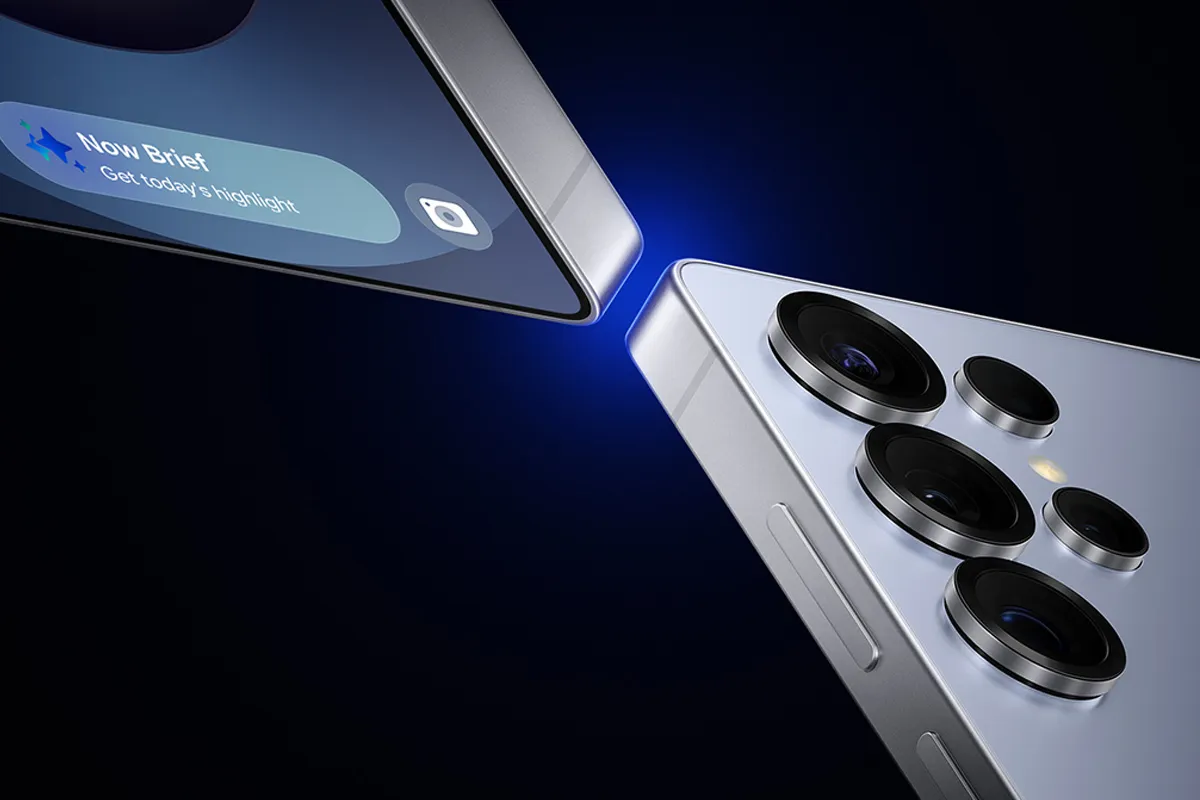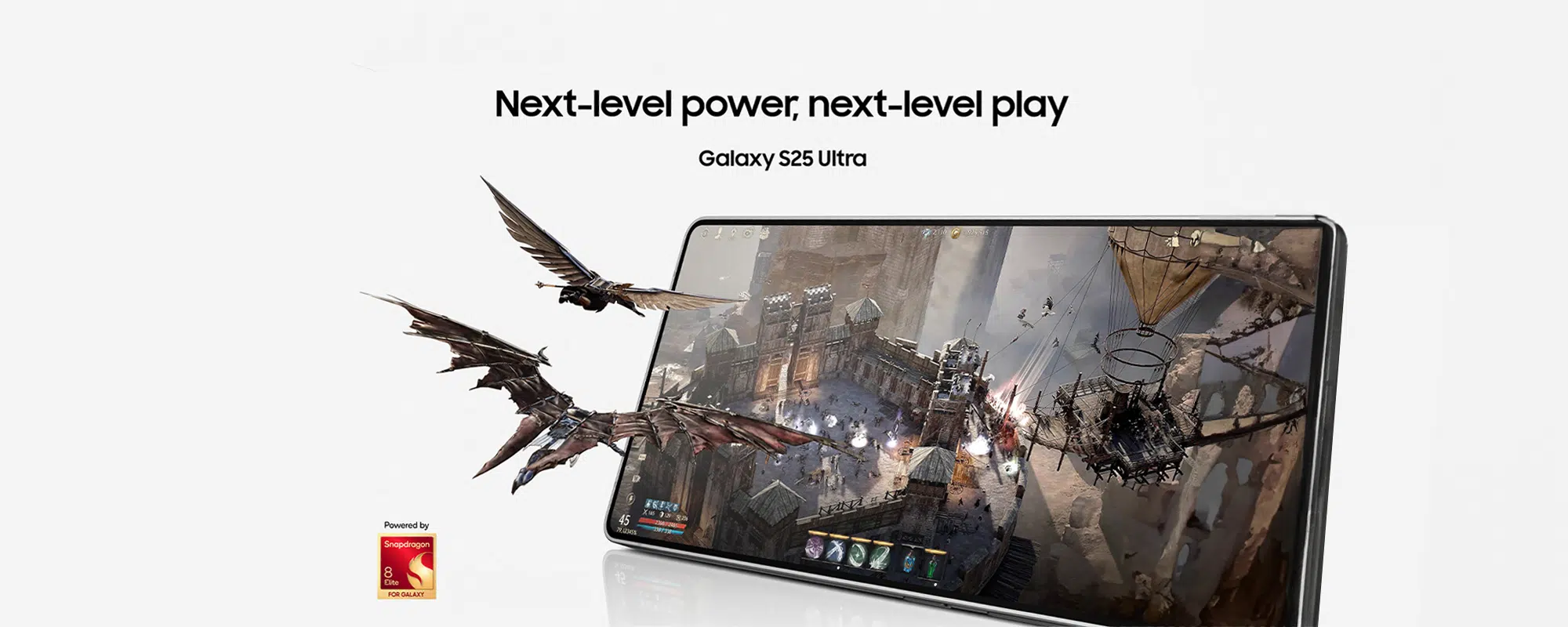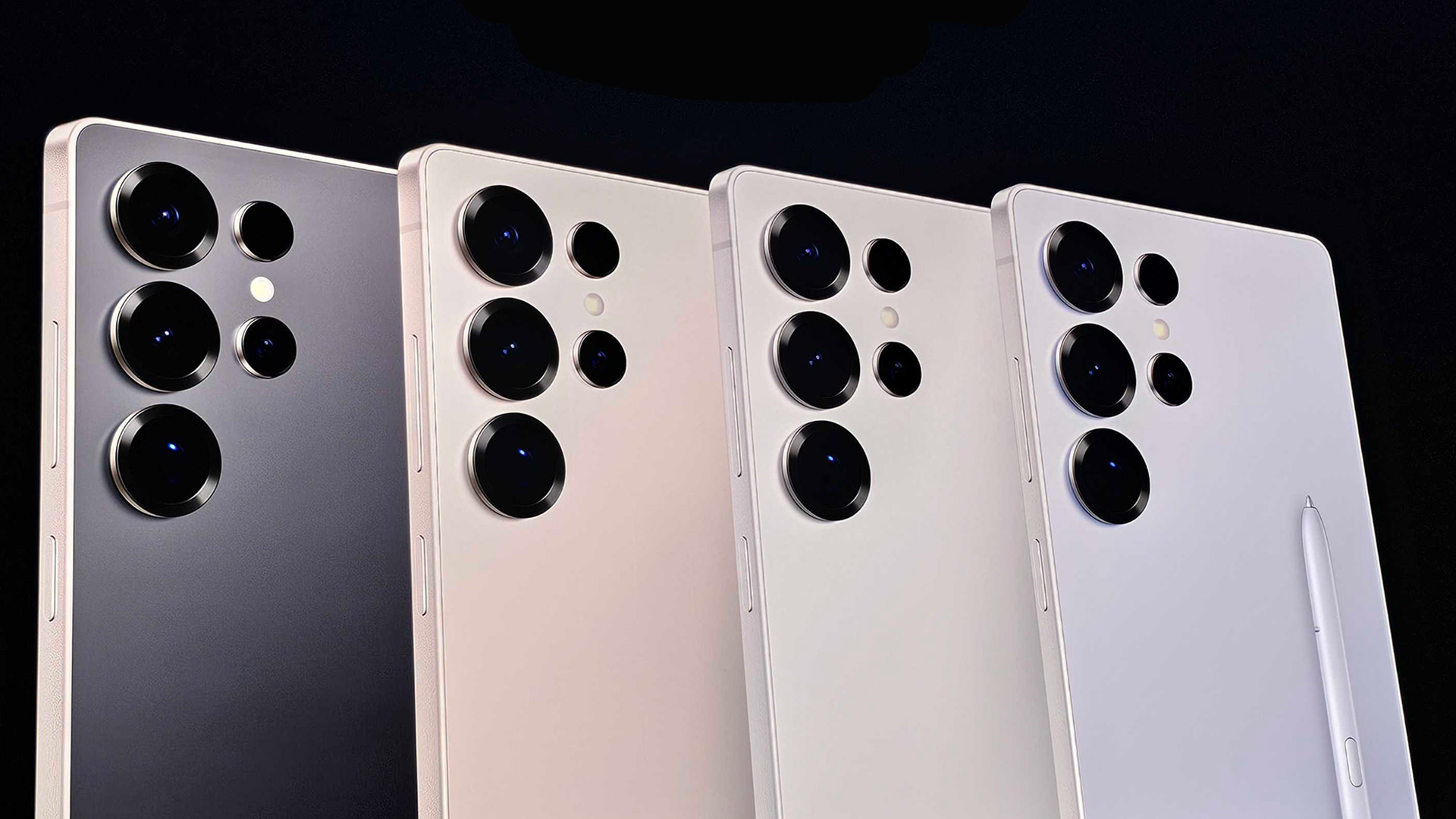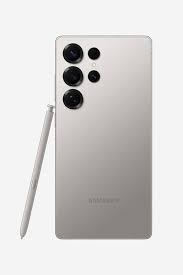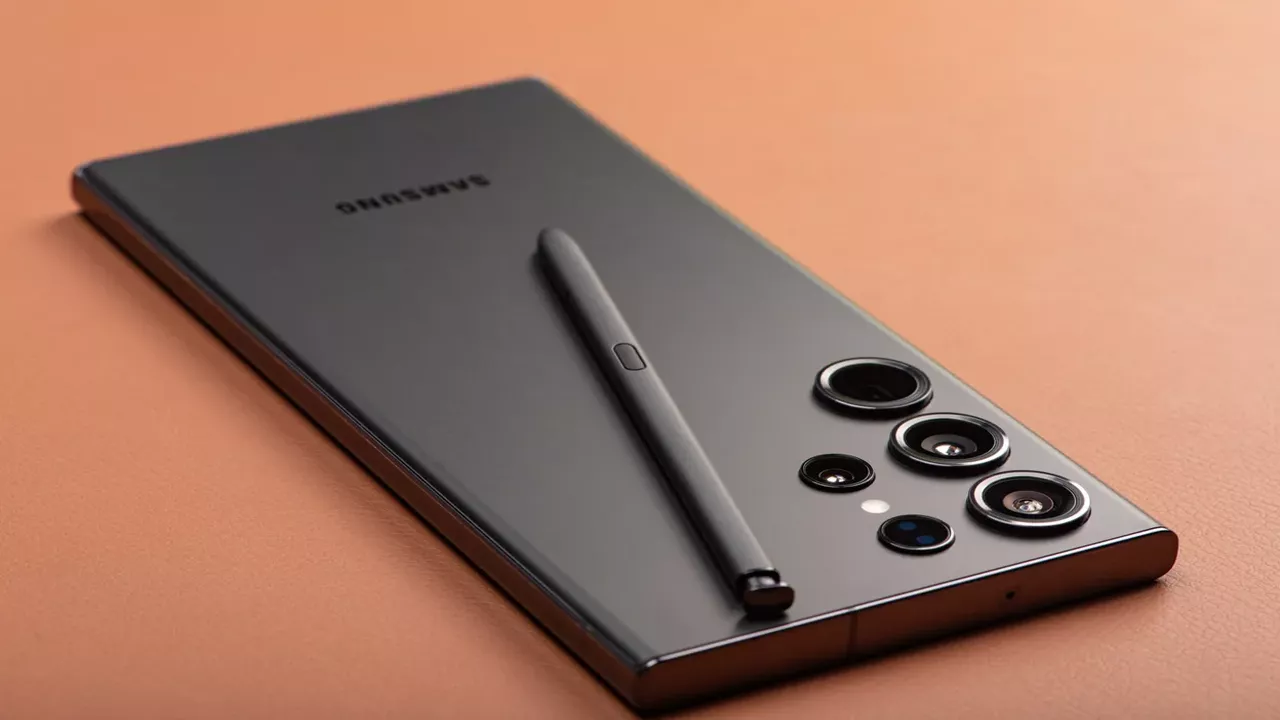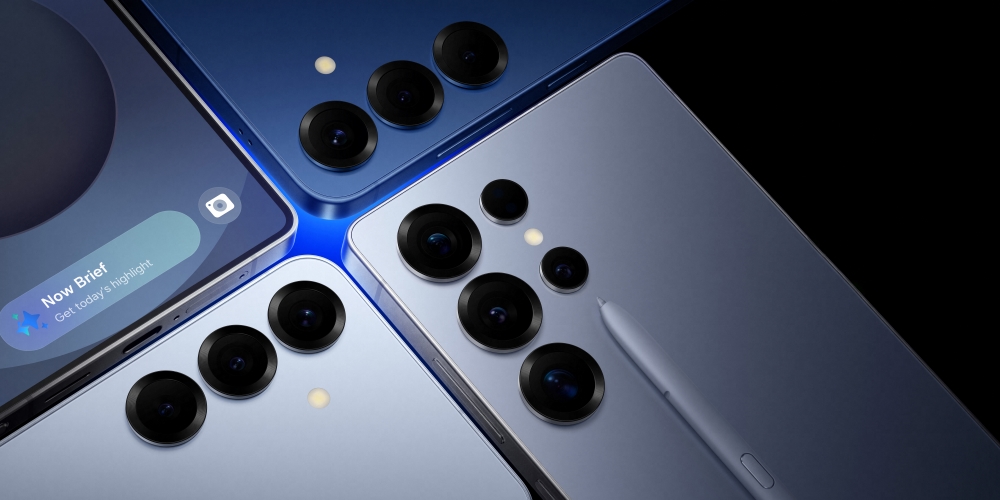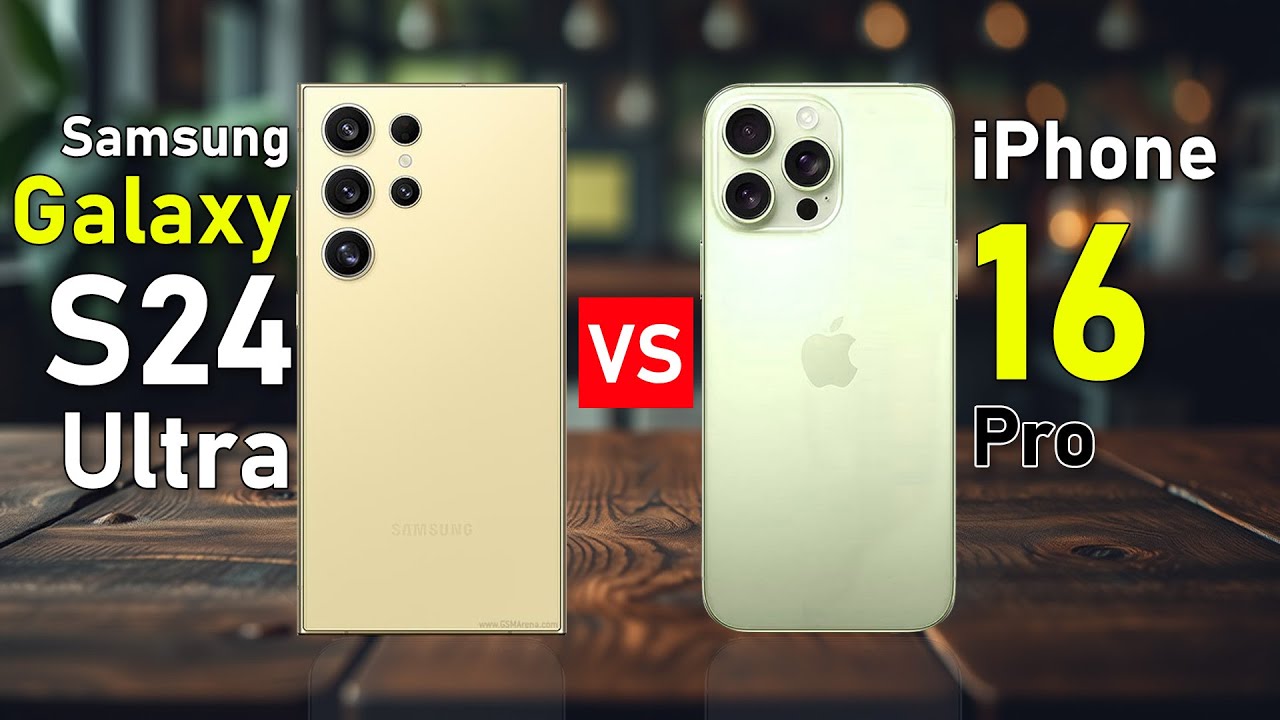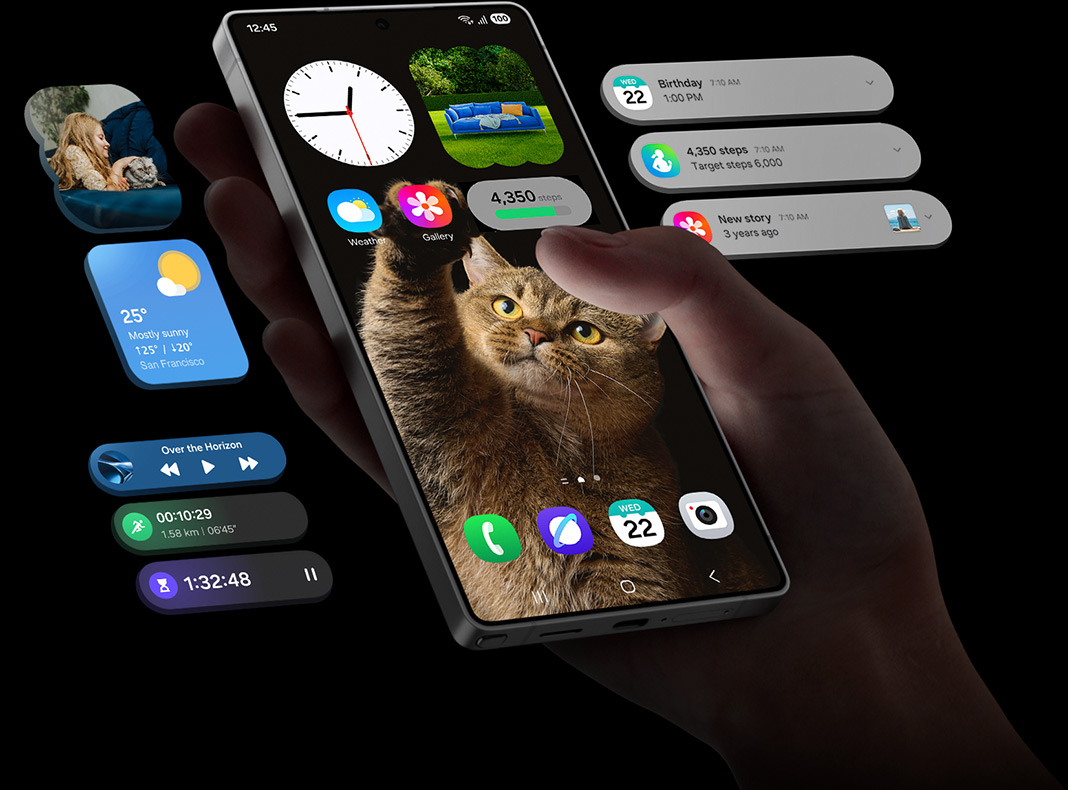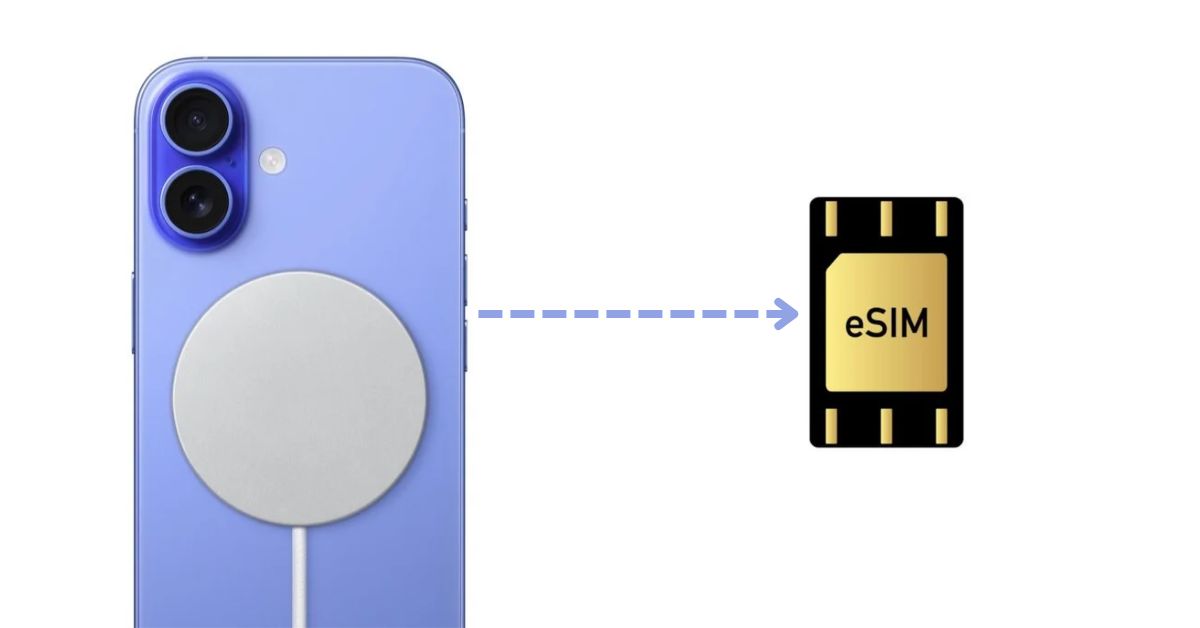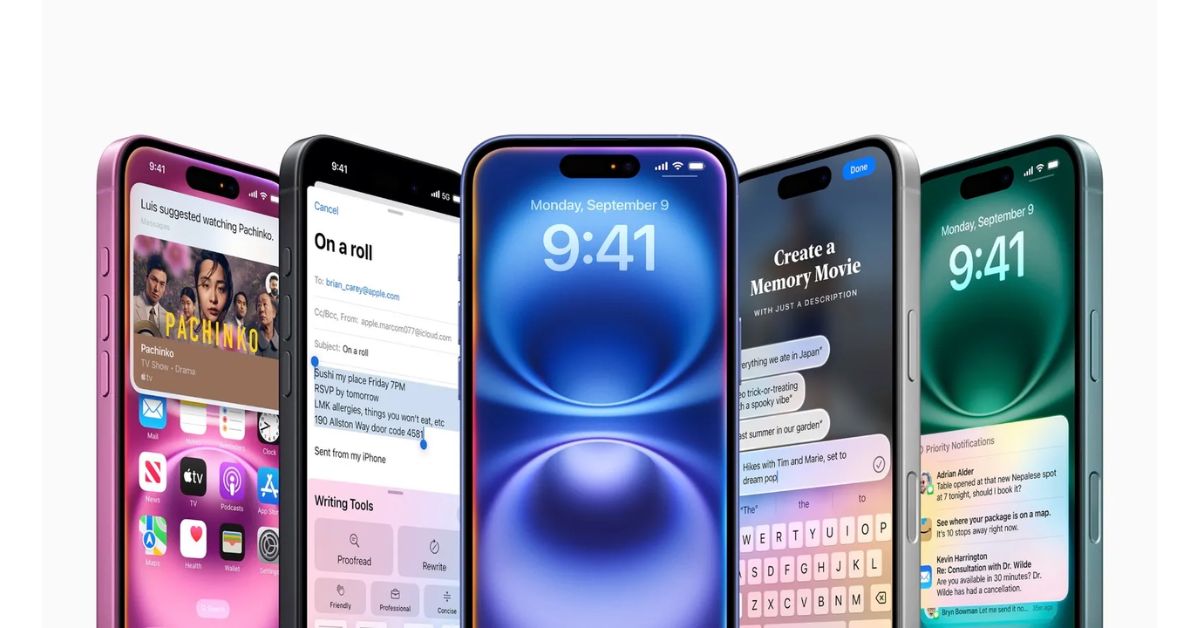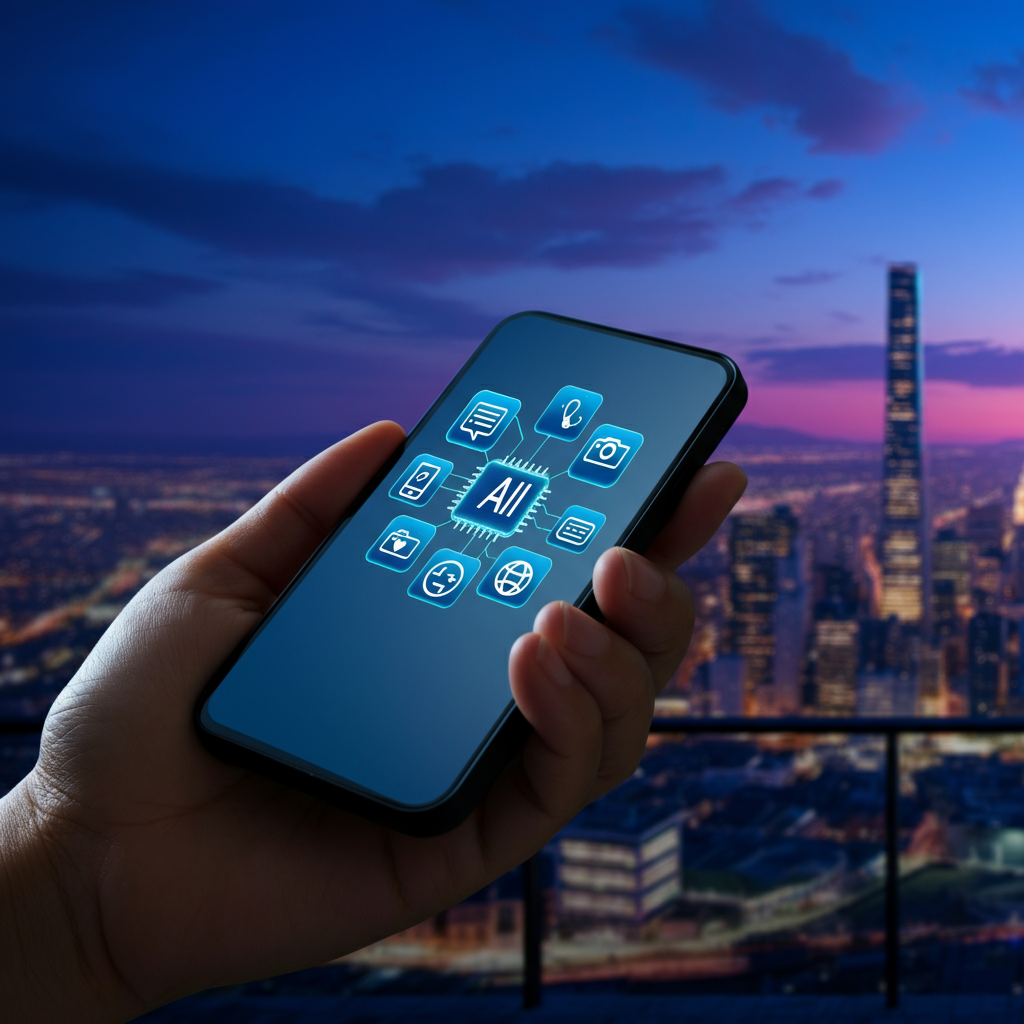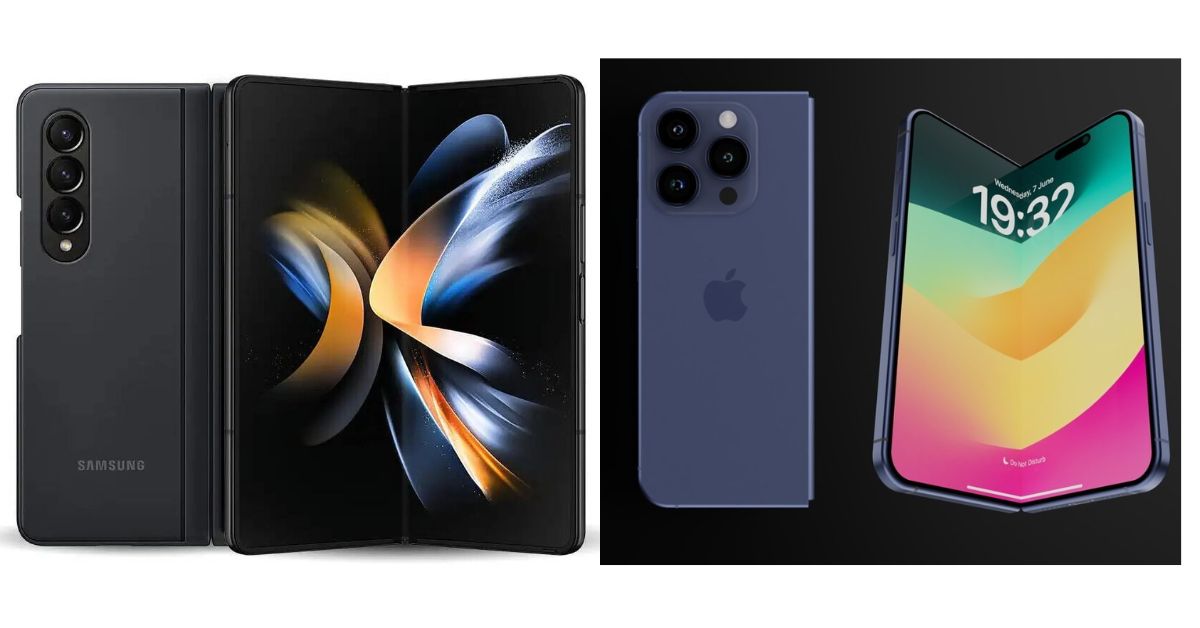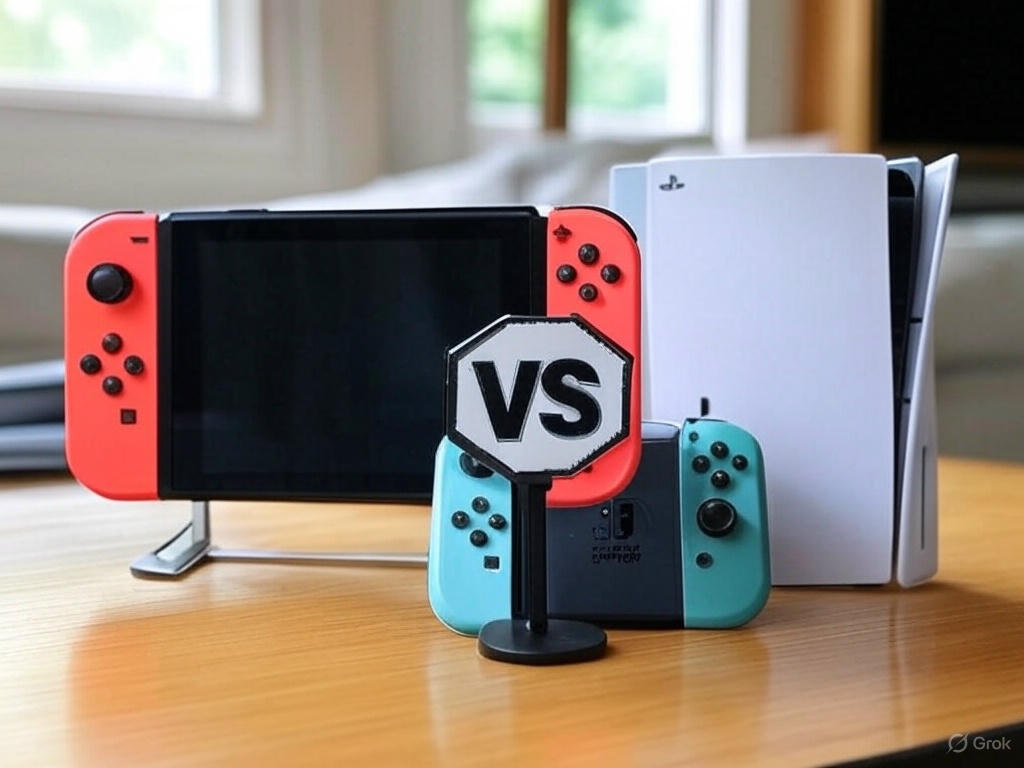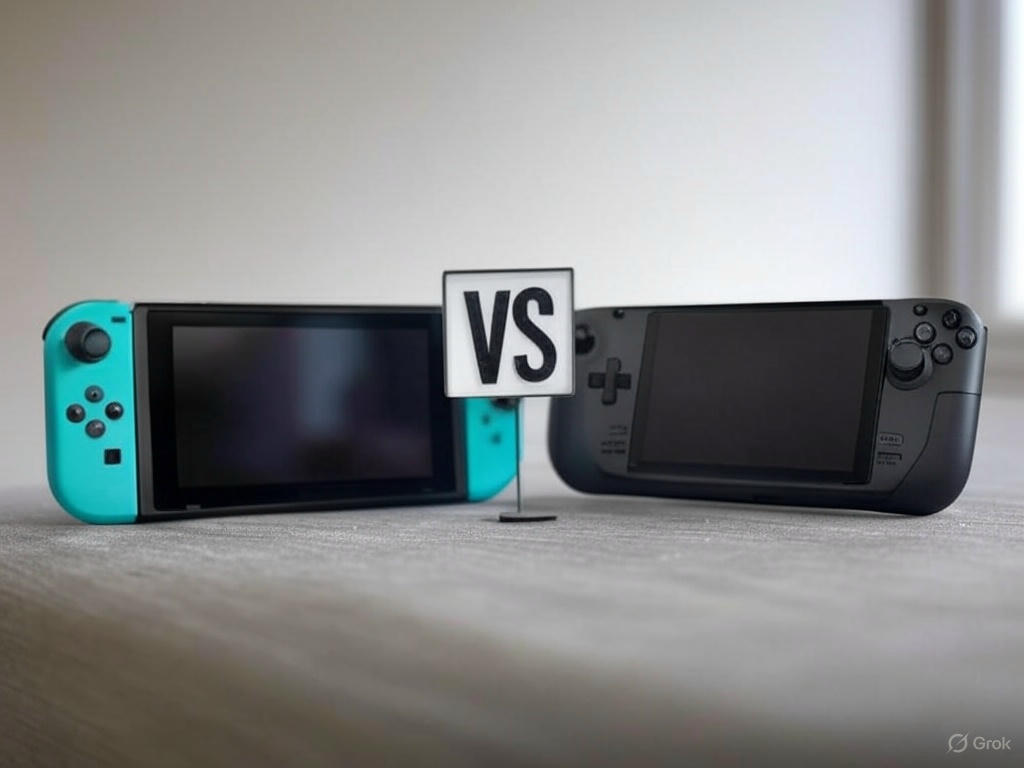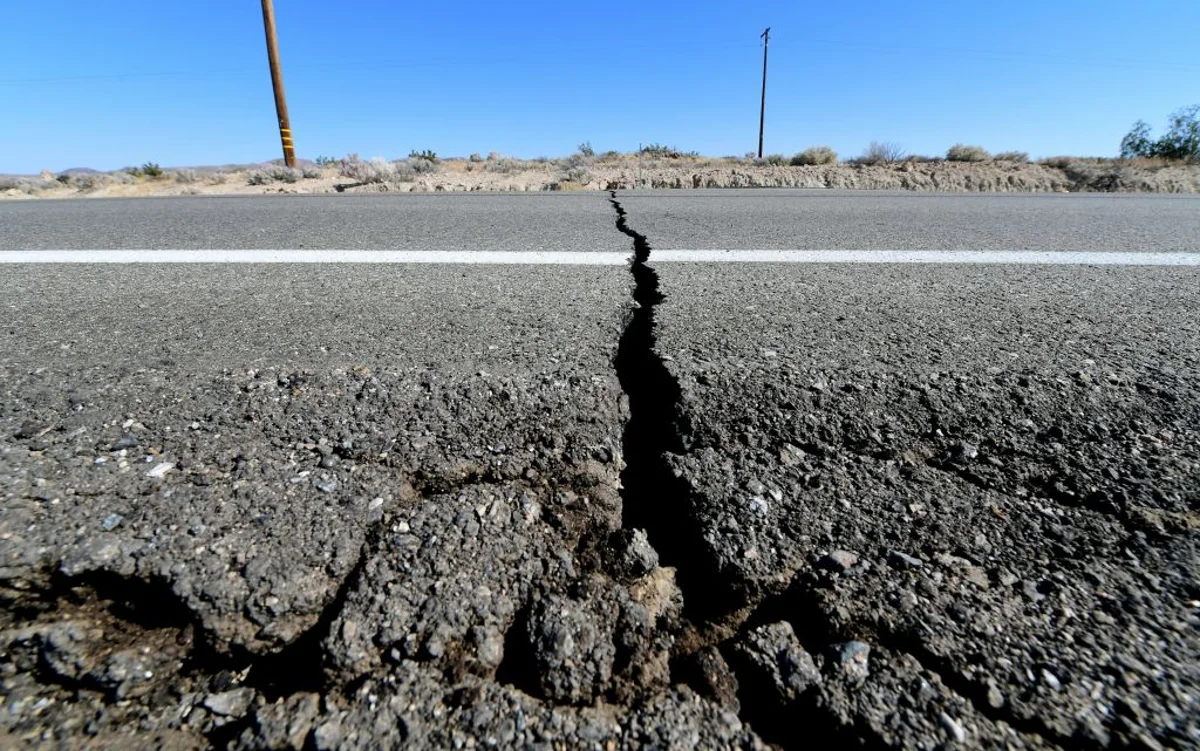The iPhone 16 has landed, promising cutting-edge technology and a sleeker design. But as we celebrate its arrival, we must also examine its impact on something often overlooked in tech discussions: our environment. Behind the glossy display and high-performance features lies a complex lifecycle that takes a toll on the planet.
This article offers a comprehensive look into the environmental footprint of the iPhone 16, exploring its manufacturing process, material use, energy consumption, and e-waste. Furthermore, we’ll highlight Apple’s efforts toward sustainability and suggest ways consumers can minimize their environmental impact. Whether you’re a tech enthusiast, an eco-conscious consumer, or a loyal Apple user, you’re in the right place.
The Environmental Toll of Manufacturing the iPhone 16
Every iPhone begins its life in a factory—but at what cost to the planet? The manufacturing process of the iPhone 16 relies on massive amounts of energy and raw materials, contributing significantly to its carbon footprint.
- Resource Extraction: The iPhone’s components demand rare earth metals, lithium, cobalt, and other precious materials. These resources are often mined under environmentally devastating conditions, leading to deforestation, habitat destruction, and water pollution.
- Energy-Intensive Production: Manufacturing an iPhone requires significant energy, much of which may still depend on non-renewable energy sources. Apple estimates that more than 70% of the carbon emissions associated with their devices come from production alone.
- Global Supply Chain: The intricate global supply chain involves shipping components across continents, further driving up carbon emissions.
While the iPhone 16 boasts improvements in efficiency and performance, its manufacturing process reminds us of the environmental cost behind every new gadget.
Materials in the iPhone 16: What’s Sustainable and What’s Not?
One of the key aspects of the iPhone 16’s sustainability story lies in the materials it’s made from. Apple has made strides in using sustainable components—but there remains room for improvement.
Sustainable Materials
Apple has committed to using recycled materials wherever possible, with the iPhone 16 incorporating:
- 100% recycled aluminum for the frame, reducing the need for virgin materials.
- Recycled rare earth elements, particularly in magnets used for haptic feedback and speakers.
- A higher percentage of recycled gold and tungsten in circuit boards compared to previous iPhone models.
These efforts significantly reduce the energy required to process virgin materials, contributing to a lower environmental impact.
Unsustainable Components
However, challenges persist. Some materials, like lithium (used in the battery) and cobalt, remain difficult to source sustainably due to high global demand and limited recycling infrastructure.
Recyclability
While the iPhone 16 is more recyclable than past models, the process is far from perfect. Disassembling smartphones to separate components for recycling remains costly and inefficient. Specialized robots like Apple’s “Daisy” can help but aren’t universally accessible.
The Energy Consumption of the iPhone 16
The environmental impact of the iPhone 16 doesn’t stop at production. Its energy consumption during use also plays a significant role in its overall lifecycle footprint.
- Energy Efficiency:
Thanks to Apple’s A17 Bionic chip, the iPhone 16 is one of the most energy-efficient smartphones on the market. A more efficient chip requires less energy to deliver high performance, reducing power consumption during daily use.
- Charging Footprint:
Charging habits matter. While Apple aims to reduce emissions per device, the energy source powering your charger makes a difference. Charging with renewable energy (like solar or wind) drastically minimizes your footprint compared to plugging into a coal-powered grid.
How Users Can Minimize Impact
- Set your device to low-power mode when you don’t need maximum performance.
- Charge your phone using a solar or energy-efficient charger.
- Keep your iPhone 16 longer by optimizing battery health (e.g., avoiding overcharging).
E-Waste and the iPhone 16
E-waste continues to be a growing global concern, and discarded smartphones are a significant contributor. When iPhones reach the end of their lifecycle, improper disposal can lead to toxic chemicals leaching into the environment.
Proper Recycling is Key
To combat this, Apple provides robust recycling options. Through its Trade-In program, old iPhones can be returned in exchange for credit. These devices are either refurbished for resale or responsibly recycled using advanced disassembly robots.
However, consumer participation is critical. Without proper recycling, iPhones often end up in landfills, where their components can take centuries to break down.
Apple’s Sustainability Commitments
Apple has positioned itself as a leader in corporate sustainability, with ambitious goals to reduce environmental impact.
- Carbon Neutrality:
Apple aims to make its entire supply chain and product lifecycle carbon-neutral by 2030. This includes transitioning factories to renewable energy and reducing emissions from shipping and production.
- Renewable Energy:
Currently, all Apple offices, data centers, and retail stores run on 100% renewable energy. The company is working closely with suppliers to achieve the same standard for manufacturing.
- Recycling Programs:
Through innovations like the “Daisy” recycling robot and materials recovery labs, Apple continues to explore new ways to recover valuable materials from old devices.
What Can You Do? Alternatives and Solutions for Conscious Consumers
While Apple is making strides, there’s more you as a consumer can do to minimize your environmental impact:
- Buy Refurbished:
Opt for certified refurbished iPhones. These devices come with warranties and are just as functional as new ones.
- Trade-In Programs:
Take advantage of Apple’s Trade-In program when upgrading to a new device to ensure your old phone is responsibly recycled.
- Extend Your Ownership:
Keep your iPhone 16 longer by protecting it with durable cases, replacing worn-out batteries, and updating the software regularly.
- Support Sustainable Practices:
Patronize companies committed to sustainability. Make informed purchasing decisions by researching the environmental efforts of tech companies before shopping.
Final Thoughts: Make Every Upgrade Count
The iPhone 16, like all consumer electronics, comes with an environmental footprint. While Apple has made commendable advancements in sustainability, the responsibility doesn’t rest solely on corporations. From smarter charging habits to recycling, individual consumer actions play a vital role in reducing environmental impact.
By considering the lifecycle of the products we buy and adopting conscious consumption habits, we can collectively lead the shift toward a more sustainable future.
Thinking about upgrading your device? Explore Apple’s Trade-In program and consider a refurbished option for your next iPhone. Every small decision matters when it comes to protecting our planet.

Dominic O. McCoy is a passionate writer who loves crafting engaging and informative blogs on a wide range of topics. With a deep curiosity and a knack for storytelling, he explores everything from lifestyle and technology to business and home improvement. Whether breaking down complex ideas or sharing practical tips, McCoy aims to deliver valuable content that resonates with readers. When he’s not writing, he enjoys learning about new trends and expanding his knowledge to bring fresh perspectives to his work.






